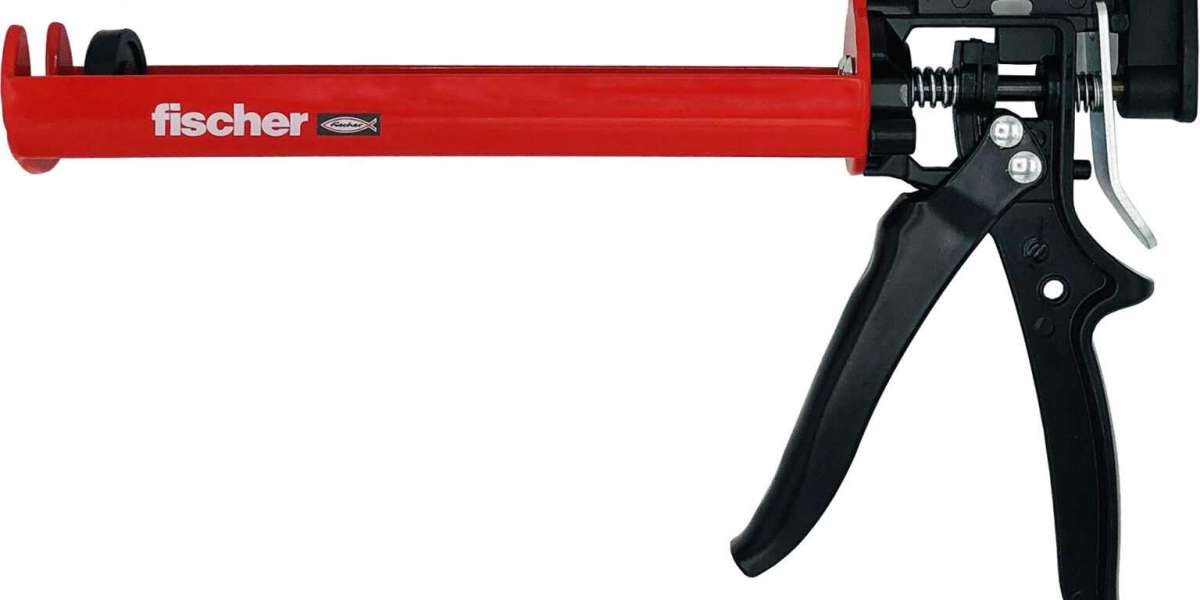In the world of construction, the integrity of a structure often depends on the strength of its connections. While steel and concrete form the visible skeleton, it's the unseen bonds that ensure long-term safety and stability. This is where Hilti chemicals come into play, providing the critical adhesive power for anchoring and rebar splicing that mechanical fasteners alone cannot achieve.
This guide will explore what Hilti chemical anchors are, how they work, and why they are the preferred choice for engineers and contractors on demanding projects.
What Are Hilti Chemicals?
Hilti chemicals refer to a range of high-performance, two-component adhesives—primarily epoxy and vinylester resins—designed for anchoring threaded rods, rebar, and other steel elements into concrete and masonry. Unlike mechanical anchors that rely on friction or expansion, chemical anchors create a powerful, monolithic bond by transferring loads between the steel and the base material across the entire embedment depth.
How Do Hilti Chemical Anchors Work?
The principle is elegant yet scientifically advanced. The process involves three key steps:
Drilling: A hole is drilled into the concrete to the specified diameter and depth, calculated based on the required load capacity.
Cleaning: This is the most critical step for success. The hole must be meticulously cleaned of all dust and debris using specialized brushes and air blowers. Any contamination can severely weaken the bond.
Injection and Installation: The two-component chemical is injected into the hole from the bottom up using a specialized dispenser gun. This ensures the cavity is completely filled without trapping air pockets. The steel element (rebar or rod) is then inserted, and the chemical cures to form an incredibly strong, void-free bond.
Key Advantages of Using Hilti Chemicals
Why do specifiers trust Hilti for critical applications? The benefits are clear:
Highest Load Values: Chemical anchors can achieve significantly higher load capacities compared to mechanical anchors, especially in cracked concrete, which is a real-world condition all structures face.
Versatility and Material Compatibility: They can be used in a wide range of base materials, including concrete, hollow block, and stone. They are also less sensitive to installation tolerances.
No Expansion Stresses: Unlike wedge or sleeve anchors, chemical anchors do not exert outward pressure on the base material. This prevents the risk of causing cracks during installation, which is crucial for edge distances and in high-strength concrete.
Corrosion Resistance: The adhesive encapsulating the steel provides a protective barrier against corrosion, enhancing the longevity of the connection.
Resistance to Dynamic Loads and Seismic Activity: The flexible nature of the cured resin allows it to absorb vibrations and dynamic loads, making it ideal for structures in seismic zones or those subjected to machinery vibrations.
Critical Applications for Hilti Chemical Anchors
You will find Hilti chemicals specified on some of the most structurally demanding projects:
Rebar Splicing: Connecting new concrete pours to existing structures for columns, walls, and slabs.
Heavy-Duty Structural Anchoring: Securing steel columns, crane rails, and machinery to concrete foundations.
Facade and Railing Installations: Where precise alignment and high pull-out strength are required.
Infrastructure Projects: Bridges, tunnels, and dams where long-term durability under harsh conditions is paramount.
Choosing the Right Product: Epoxy vs. Vinylester
Hilti offers different chemical systems for various needs:
Epoxy-Based Chemicals (e.g., HIT-RE 500): Offer the highest performance, excellent resistance to chemicals and high temperatures, and are suitable for the most critical applications, including rebar splicing in cracked concrete.
Vinylester-Based Chemicals (e.g., HIT-RE 100): Provide fast curing times and are ideal for a wide range of anchoring tasks, offering a great balance of performance and speed.
Conclusion: The Foundation of Trust in Modern Construction
The strength of a modern building or bridge extends deep into the connections that hold it together. Hilti chemicals provide the invisible, yet indispensable, strength that engineers and builders rely on for safety and performance.
By choosing a certified, high-performance chemical anchoring system and insisting on proper installation, you are not just following a specification—you are investing in the integrity and longevity of the structure. In the built environment, that’s the highest standard of all.



